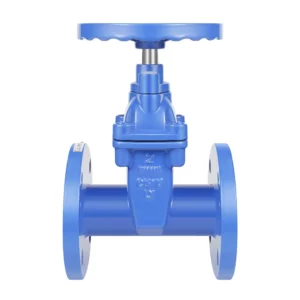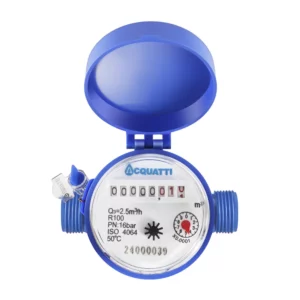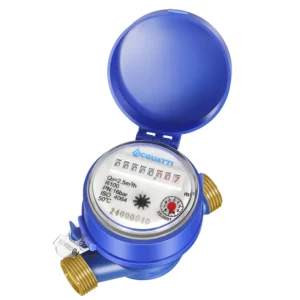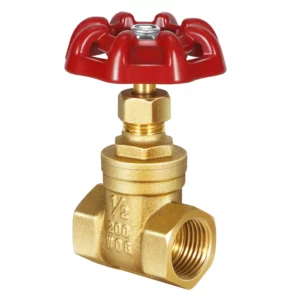Food & Beverage Industry
The Role of Sanitary Valves in the Food & Beverage Processing Industry
The Importance of Valves in the Food & Beverage Industry
In the food & beverage industry, valves are essential for controlling the flow of ingredients, fluids, and cleaning agents in a hygienic and contamination-free manner. Whether it’s in a dairy plant, brewery, or packaged beverage production line, food-grade valves ensure safe and efficient operation across all stages of food processing.
Precision and cleanliness are non-negotiable in this sector. Sanitary valves for food industry use advanced designs that minimize crevices and dead space, allowing for effective CIP (clean-in-place) procedures and maintaining microbial safety.
With the growing demand for automation and traceability, modern hygienic valves now support smart sensors and real-time control for improved productivity and food safety compliance.
Environmental Requirements for Valves in Food & Beverage Processing
Valves used in the food industry must operate flawlessly in environments that require frequent cleaning, extreme temperature shifts, and strict microbial controls. Key environmental requirements include:
- Corrosion resistance: Especially for acidic or sugary liquids in fruit juice and carbonated drinks.
- Sanitary surface finish: Polished internal surfaces (Ra ≤ 0.8 μm) to prevent bacterial adhesion.
- Thermal resistance: Withstand sterilization, pasteurization, and hot CIP cycles.
- Non-toxic materials: All contact surfaces must be FDA-approved and 3A-certified.
- Moisture and humidity resilience: Equipment often operates in humid, high-temperature spaces.
Most stainless steel food valves are constructed from 316L-grade material, ensuring durability and hygiene across applications.
Operational Requirements for Food-Grade Valve Systems
Workshop and production floor operations in the food and beverage sector are tightly regulated. Valve systems must comply with both hygiene and automation standards:
- Zero dead-leg design: Avoiding stagnant areas where bacteria can accumulate.
- Cleanability: All valves must support CIP or SIP (steam-in-place) systems.
- Traceability and batch control: Smart valves must integrate with MES/ERP for lot tracking.
- Low-maintenance construction: Reduce downtime during cleaning or inspection.
- Easy disassembly: Sanitary clamps and quick connectors are preferred.
These operational criteria ensure that each food-grade valve contributes to both product integrity and manufacturing efficiency.
Top 10 Applications of Valves in the Food & Beverage Industry
- Dairy Pasteurization Lines
- Brewery Fermentation and Filtration
- CIP Chemical Delivery Systems
- Juice and Beverage Transfer Systems
- Chocolate and Confectionery Processing
- Liquid Egg and Poultry Handling
- Cooking Oil Transfer
- Carbonated Beverage Filling
- Water Treatment for Beverage Plants
- Aseptic Processing and Packaging Lines
Safety Certifications and Standards for Food Industry Valves
- Certifications: 3A Sanitary, FDA CFR 21, CE, ISO 9001
- Material Standards: 316L stainless steel with EPDM or PTFE seals
- Design Codes: EHEDG, ASME BPE (for bioprocessing)
- Ingress Protection: IP66/IP67/IP69K for wash-down areas
- Cleaning Protocol Compatibility: Must withstand caustic cleaning chemicals and thermal sterilization
- Traceability Compliance: QR code or RFID-based batch tracking for recall readiness
Related Products
-
Iron Valves
NRS Cast Iron Gate Valves
-
Water Meters
Plastic Single Jet Dry Type Water Meters
-
Water Meters
Brass Single Jet Dry Type Water Meters
-
Bronze and Brass Valves
Brass Gate Valves
Want to know more?
If you’re interested in any of our products or services, simply fill out the form below. Our team will get in touch with you as soon as possible to provide the information you need.



